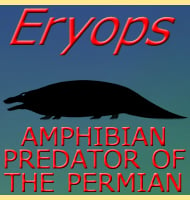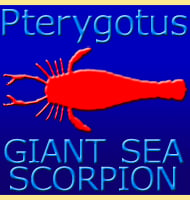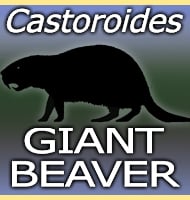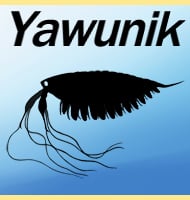In Depth
Although not very well known, Turkanapithecus appears to be similar to other prehistoric primates like Proconsul and Afropithecus. Turkanapithecus is named after the Turkana Lake region of Kenya, with the type species name meaning ‘from Kalakol’ after the Kalakol river where it was found.
Further Reading
– A second new Miocene hominoid from Kenya. – Nature 324(13):146-148. – R. E. Leakey & M. G. Leakey – 1986. – Morphology of Turkanapithecus kalakolensis from Kenya. – American Journal of Physical Anthropology vol 76, issue 3 – R. E. Leakey M. G. Leakey & Dr. A. C. Walker – 1988.









